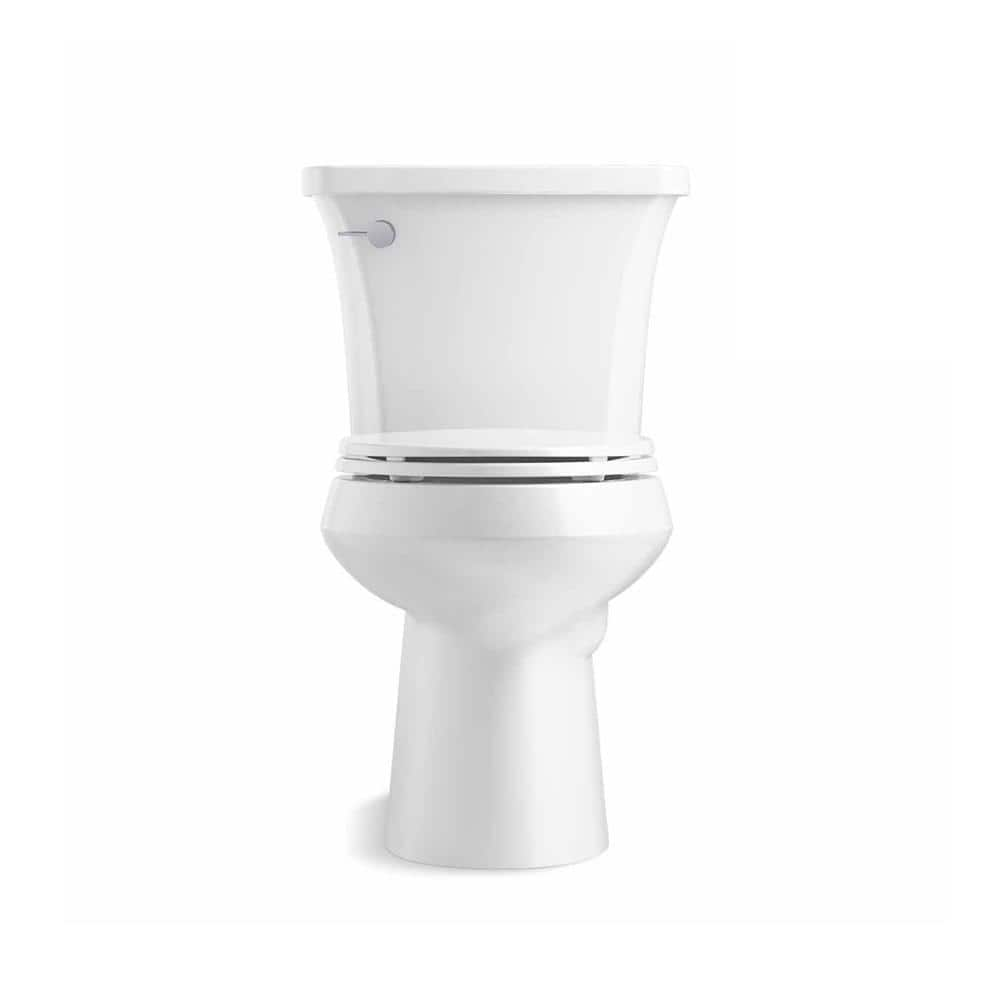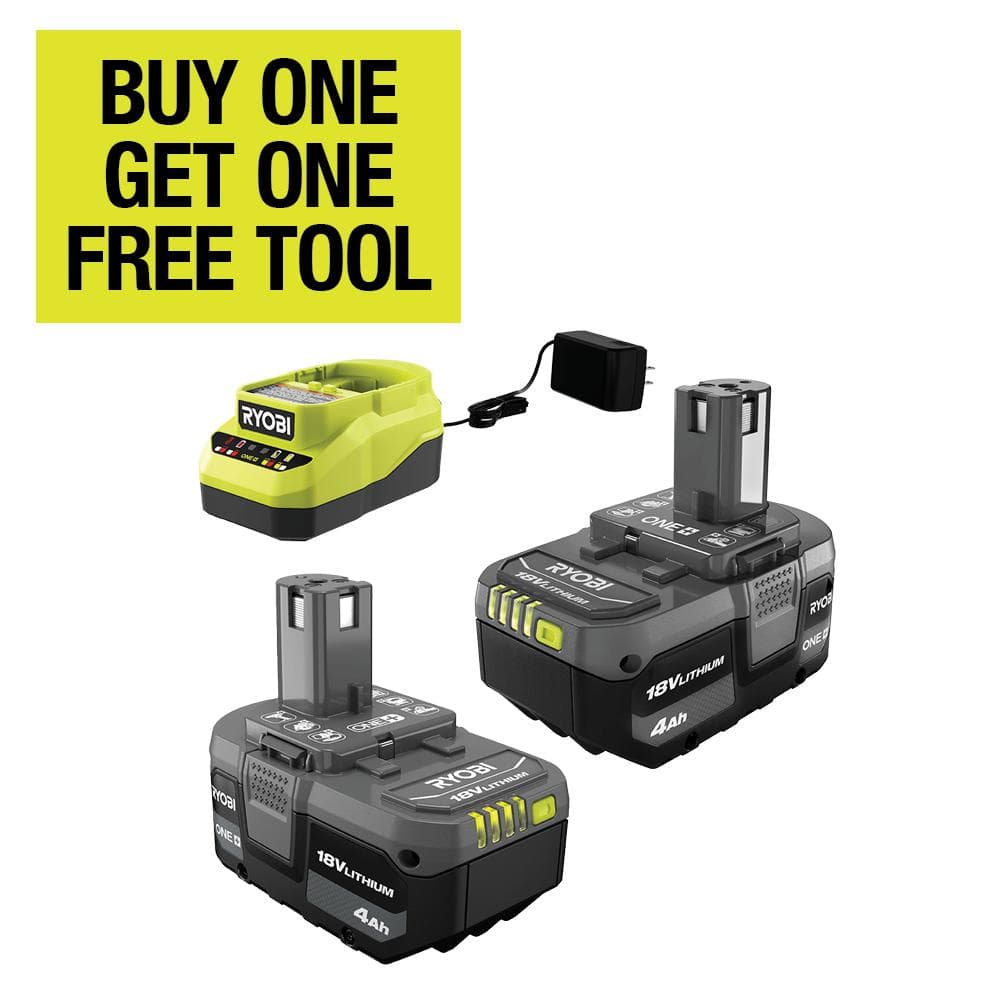KOHLER Highline Arc The Complete Solution 2-piece 1.28 GPF Single Flush Elongated Toilet in White (Slow-Close Seat Included)
Easy to install with included slow-close toilet seat. Class 5 Flush exposes 90% less seal material. Comfort Height offers chair-height seating.
Trusted for years by professionals, Highline toilets are KOHLER’s bestselling toilet family. A brilliant blend of style and water efficiency, this Highline Arc toilet is distinguished by an elegant flared tank. Coupled with KOHLER’s powerful canister flush valve, there’s no sacrificing performance for design. An innovative 1.28 Gal. flush setting provides significant water savings of up to 16,500 Gal. per year, compared to an old 3.5 Gal. toilet. This Complete Solution package includes everything necessary for installation and is available exclusively at The Home Depot.
- 2-piece toilet
- Elongated bowl offers added room and comfort
- Comfort height feature offers chair-height seating that makes sitting down and standing up easier for most adults
- 1.28 Gal. Per Flush (GPF)
- Standard left-hand polished chrome trip lever included
- Complete solution toilets provide everything you need in 1 box, including bowl, tank, slow-close toilet seat, cover, wax ring and floor hardware
- Single-flush gravity uses the force of gravity and a precision-engineered tank, bowl and trap way to create a strong siphon during flushing
- Class 5 flushing technology offers virtually plug-free performance and rinsing power for a clean bowl
- Standard 12 in. rough-in
- 3-bolt installation
- Supply line not included
- WaterSense
Additional information
| Bowl Height without Seat (in.) | 16.5 |
|---|---|
| Flush Valve Size (in.) | 3 |
| Product Depth x Height x Width (in.) | 29.54 x 30.36 x 15.47 |
| Certifications and Listings | ADA Compliant,ASME Certified,CSA Certified,EPA Approved |
| Manufacturer Warranty | One-Year Limited Warranty |






by Chris
it was perfect for our downstairs bathroom, price and quality.
by Josie
Shape is so pretty and very ideal for my powder room(small space). Love the slow-close seat that comes with it. Good price!
by Luci
I picked this at the store and glad I visited the store I kind of knew what I was looking for and found it at the store. Is small, and so quiet and flush quickly. Love it.